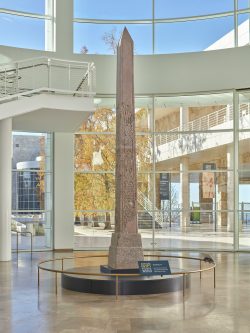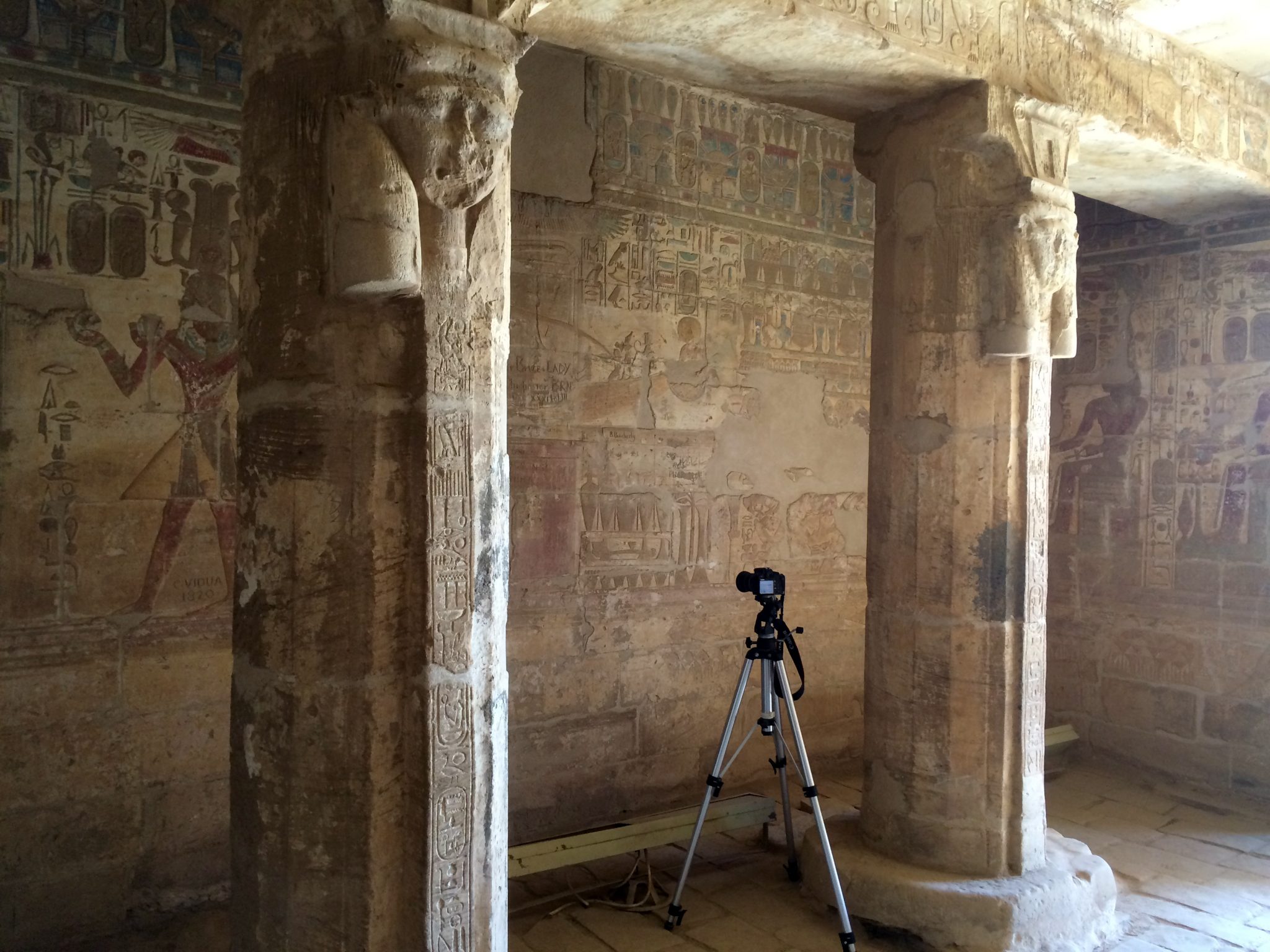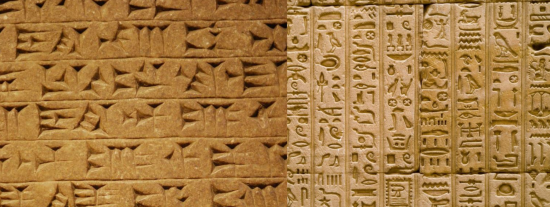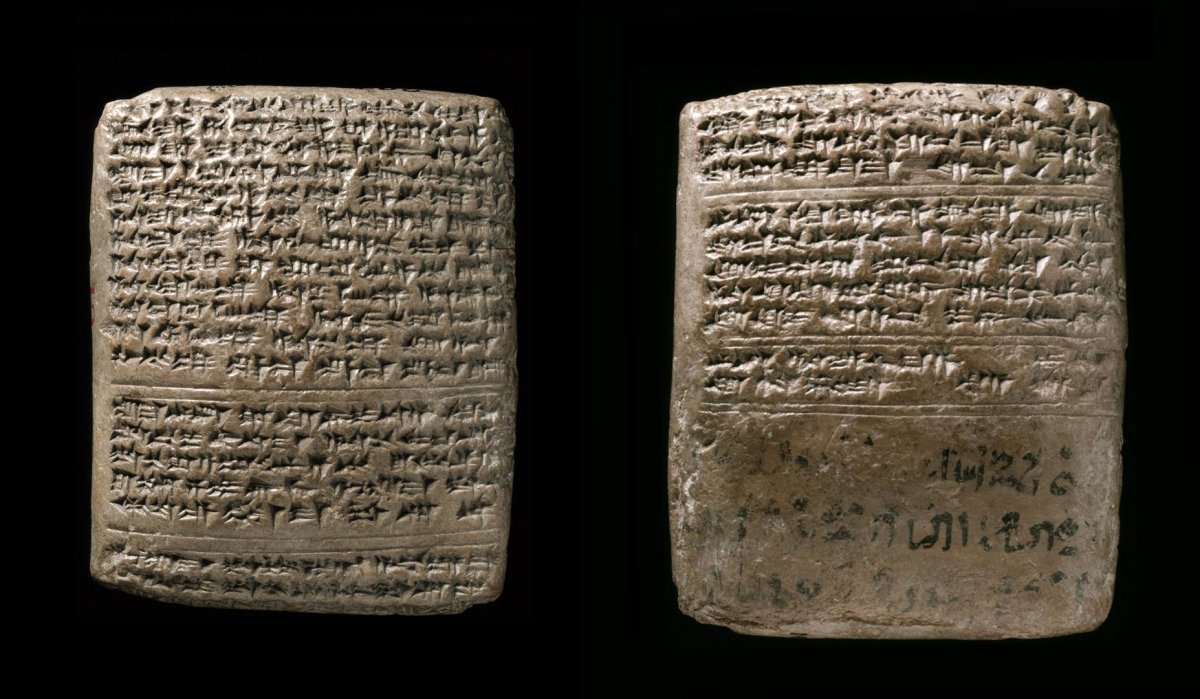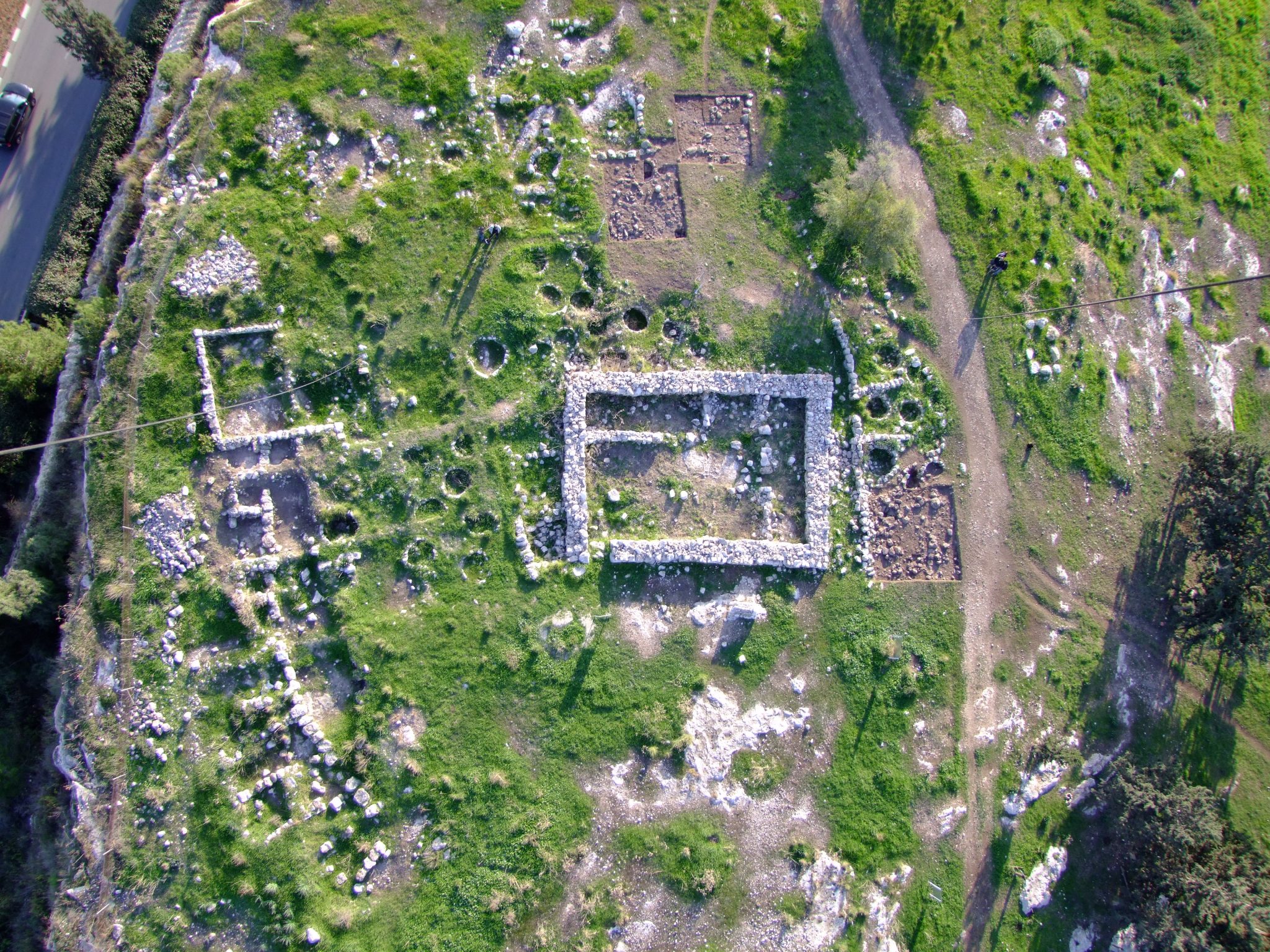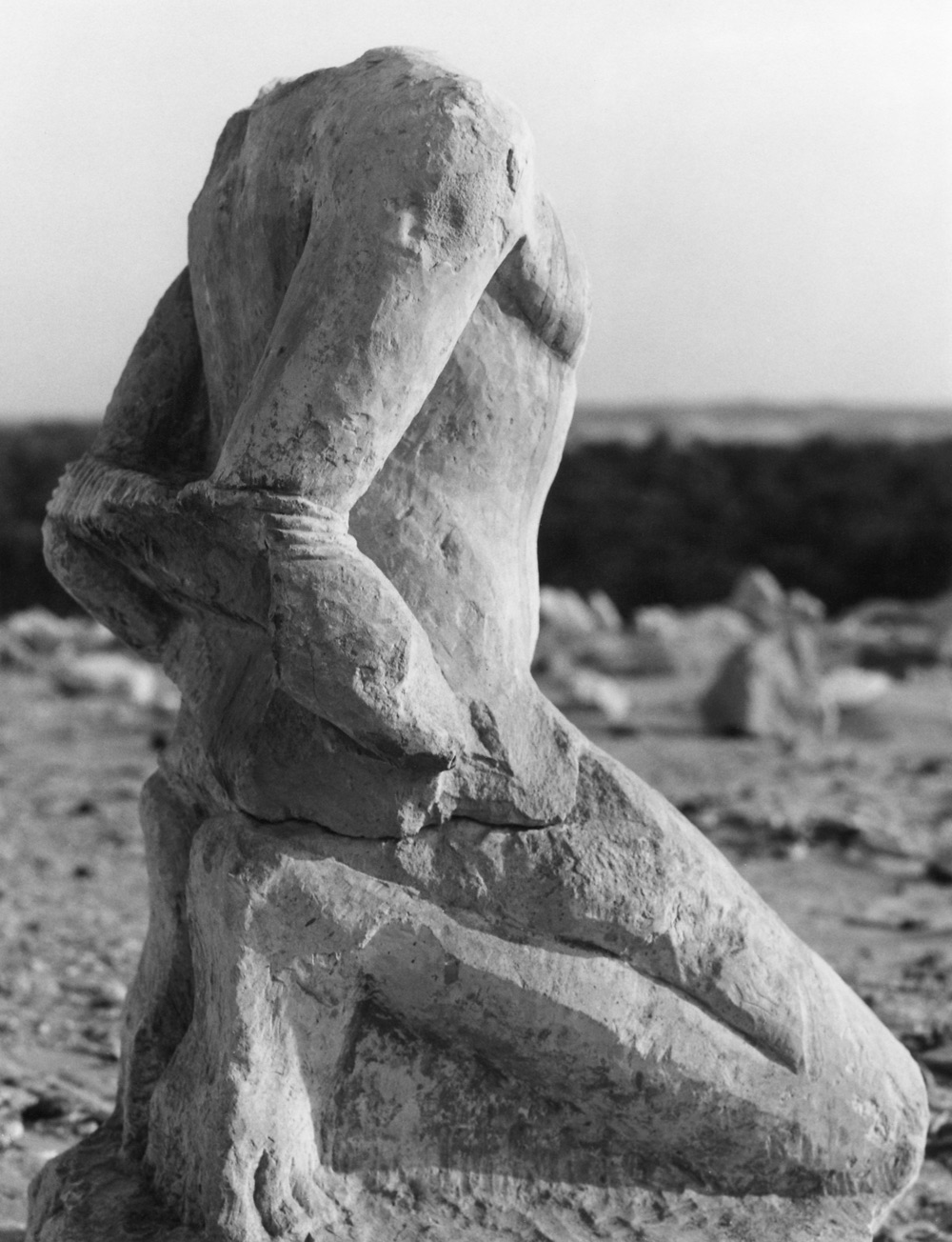Near Eastern Archaeology
A Romano-Egyptian Obelisk Beyond the Nile
Humanities Room 365 415 Portola Plaza, Los Angeles, CA, United StatesUsing a Romano-Egyptian obelisk from the collection of the Museo del Sannio in Benevento, Italy as a case study, this talk will overview the major themes of the current Getty exhibition “Beyond the Nile: Egypt and the Classical World.” This exhibition explores cross-cultural interactions between Egypt, Greece, and Rome from about 2000 BC until about...
Reuse of New Kingdom Monuments and Visitors’ Graffiti in Late and Graeco-Roman Period Elkab
Humanities Room 365 415 Portola Plaza, Los Angeles, CA, United StatesSince 2016, the Oxford Expedition to Elkab has extended its work of epigraphic recording and publication to the Late and Graeco-Roman Period monuments and inscriptions in the necropolis and the adjacent Wadi Hillal. Recording of the inscribed material, which mainly consists of unpublished graffiti and secondary inscriptions, is proceeding hand-in-hand with the re-documentation of the...
The Relationship of Egyptian and Semitic
Kaplan Hall 348It has long been known that the ancient Egyptian language is related to the Semitic language family, but the details of this relationship are still not fully understood. In this lecture, we will look at the major similarities (and differences) of the two language groups, including topics in phonology, morphology, and the lexicon, with...
Graduate Student Research Presentations and Q&A
Kaplan Hall 36512:00 – 1:00pm Overspecializing the Specialist: Reevaluating the Role of Producers in the Study of Technological Interconnectivity Nadia Ben-Marzouk (Archaeology) Accounting for Kingship: The Samaria Ostraca as Royal Performance Jason Price (Hebrew Bible) An Image on the Stele or a Ghost in the Shell? A Cognitive Scientific Approach to the Material "Soul" in the Levant...
Between Egypt and the Near East: Current Research on the Amarna Letters
Kaplan Hall 365Various aspects of the interaction between Egypt and other political and cultural centres of the Ancient Near East have always sparked the attention of scholars, trying to understand this multi-layered and complex issue — ranging from the interpretation of finds of Egyptian or Egyptianized objects at the ANE sites to a misapprehension in communication resulting...
Israel and the Samaria Highlands: A Nomad Settlement Wave or Urban Expansion during the Early Iron Age?
Kaplan Hall A51 (Basement Level) 415 Portola Plaza, Los Angeles, CA, United StatesThe Iron I period witnessed a wave of settlements in the highlands of Israel, mostly in Samaria but also to some extent in the Upper Galilee and Judah. This wave is usually associated with the genesis of Ancient Israel and is interpreted in light of the collapse of Canaanite urban centers at the end of...
Feeding the Gods in Ancient Israel
UCLA Faculty CenterBread and other grain-based foods were not only staples in the ancient Israelite diet; they were also staples in the ritual acts that accompanied the worship of several deities in ancient Israel. In addition to the state god YHWH, who required regular offerings of lechem hapanim (“bread of the presence”) in the Tabernacle and the...
Nabta Playa: An Abandoned Site Dating Back to the Earliest Days of Ancient Egypt
Nabta Playa is an abandoned place located in the southwestern desert of Egypt. Although it may not appear to be a promising area for the study of the prehistoric archaeology as it is considered among the driest areas in the world, there is evidence that there were several humid periods in the past that resulted...
Applying for Jobs and Life After the Dissertation
Kaplan Hall 365Join NELC faculty Dr. Cate Bonesho, Dr. Kara Cooney, and Dr. Bill Schniedewind for a workshop and discussion of applying for jobs and life after the dissertation. Event Flyer RSVP Below:
Headless Men and Shattered Bodies: The Destruction of Prisoner Statues during the Late Old Kingdom
Kaplan 365Six pharaohs of the Fifth and Sixth Dynasties erected nearly life-size statues of kneeling bound foreigners in their pyramid complexes. These unique statues, which are known as prisoner statues, have only ever been discovered in fragments. This has led scholars to question whether the statues had been intentionally broken for ritualistic reasons. However, only the...


